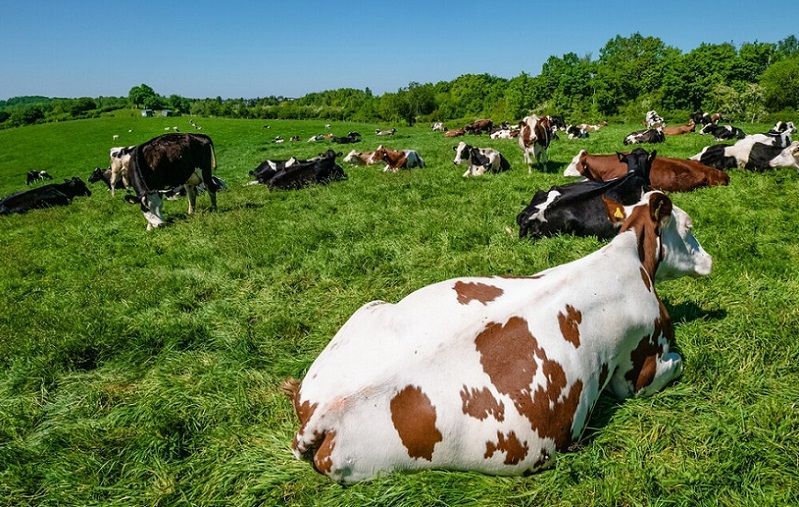New Zealand Braces for Potential H5N1 Avian Influenza Threat
Sourse: The DairyNews
The highly pathogenic avian influenza virus, H5N1, has been a global concern since the late 1990s, and recent developments suggest it is edging closer to New Zealand. While New Zealand, Australia, and the Pacific Islands remain free of the virus so far, its recent detection in mainland Antarctica has heightened concerns about its imminent arrival.

The virus, notorious for affecting ducks and poultry farms, has undergone mutations that have enabled it to severely impact wild bird populations and jump to various mammalian species, including cows, ferrets, minks, sea lions, cats on dairy farms, bears, and even humans.
The possibility of H5N1 evolving into a human epidemic is increasingly plausible, though its exact trajectory remains uncertain. Marc Daalder of Newsroom, who has been tracking the virus's progress, highlights the growing risk of H5N1 potentially sparking a pandemic. Recent reports fr om the United States show the virus in 33 cattle herds across nine states, with some milk samples testing positive for the virus. Additionally, there have been mild cases in humans linked to these outbreaks, although the virus has previously proven deadly in direct transmissions from chickens during an outbreak in Hong Kong in 1997, wh ere it had a 50% fatality rate.
Despite the potential for the virus to become less virulent in humans over time, the level of concern among scientists and health officials remains high. New Zealand's response strategy involves multiple government agencies, including the Ministry for Primary Industries, Health Ministry, Department of Conservation, and biosecurity authorities. Dr. Mary van Andel, MPI's chief veterinary officer, emphasized the importance of public vigilance, urging people to report any sightings of dead birds or symptoms in animals to the authorities and to heed public health messages.
As part of their preparedness efforts, DoC is testing vaccines on captive bird populations, which presents its own set of challenges, including the logistics of administering two vaccine doses a month apart.
Collaboration with international partners is also underway to better understand H5N1 and to enhance New Zealand's readiness to manage any potential outbreaks effectively.
The possibility of H5N1 evolving into a human epidemic is increasingly plausible, though its exact trajectory remains uncertain. Marc Daalder of Newsroom, who has been tracking the virus's progress, highlights the growing risk of H5N1 potentially sparking a pandemic. Recent reports fr om the United States show the virus in 33 cattle herds across nine states, with some milk samples testing positive for the virus. Additionally, there have been mild cases in humans linked to these outbreaks, although the virus has previously proven deadly in direct transmissions from chickens during an outbreak in Hong Kong in 1997, wh ere it had a 50% fatality rate.
Despite the potential for the virus to become less virulent in humans over time, the level of concern among scientists and health officials remains high. New Zealand's response strategy involves multiple government agencies, including the Ministry for Primary Industries, Health Ministry, Department of Conservation, and biosecurity authorities. Dr. Mary van Andel, MPI's chief veterinary officer, emphasized the importance of public vigilance, urging people to report any sightings of dead birds or symptoms in animals to the authorities and to heed public health messages.
As part of their preparedness efforts, DoC is testing vaccines on captive bird populations, which presents its own set of challenges, including the logistics of administering two vaccine doses a month apart.
Collaboration with international partners is also underway to better understand H5N1 and to enhance New Zealand's readiness to manage any potential outbreaks effectively.














